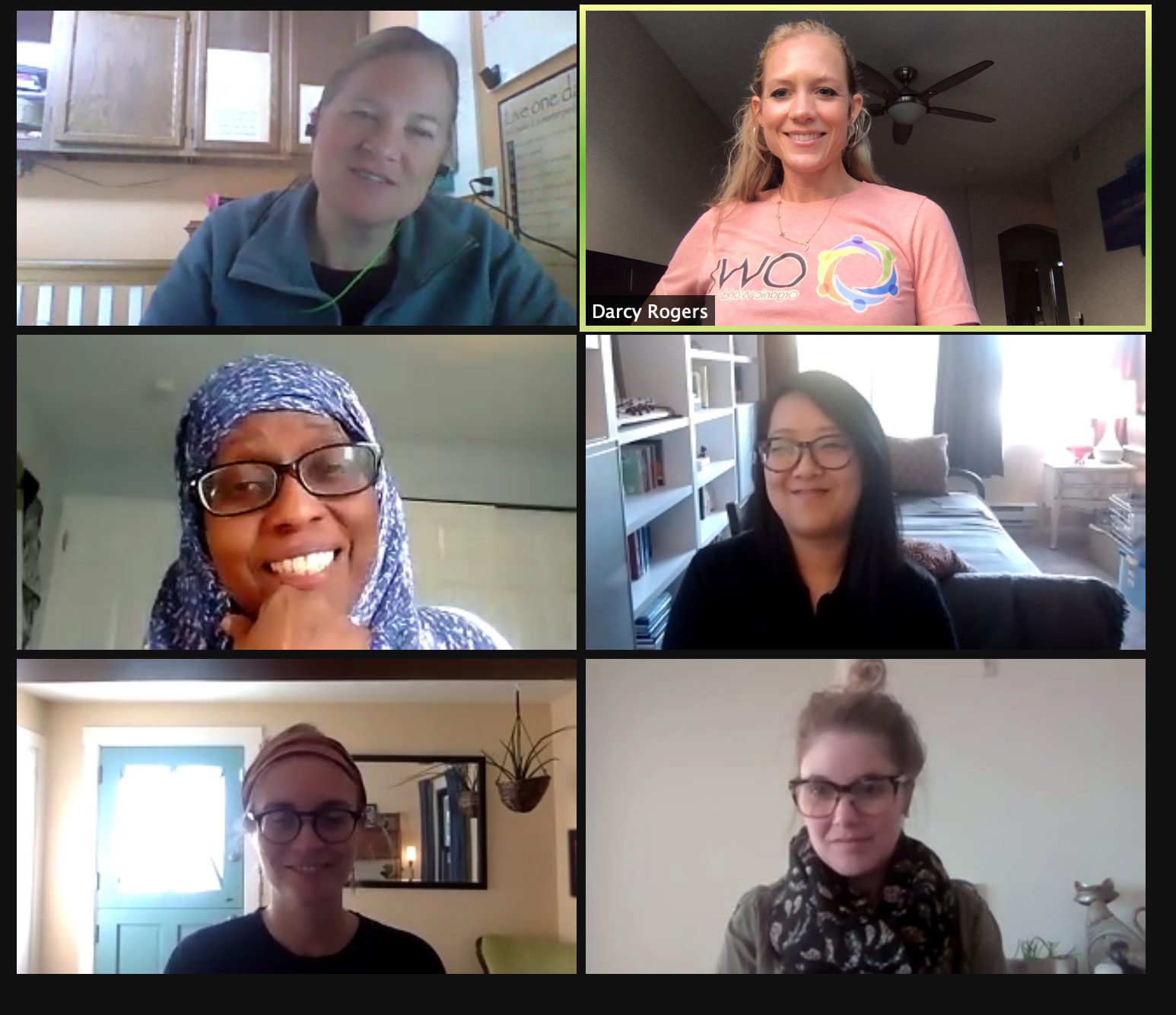
Blog by Darcy Rogers
It is January 2021 and as we move into the New Year, with all it has already brought us, it is healing for us to take a moment to reflect on what is important. You have survived one of, if not, the most challenging years of your career. Whether it was your first year, or your 31st, you endured hardships that not only challenged who you are as teachers, but as people. I will not dwell on the challenges that we all experienced, instead I want to point out the positivity and strength that each of you showed. You demonstrated resilience and perseverance as you pushed through challenges, many of which were out of your control.
Due to this, it is essential now to give ourselves permission to take time to reset and refocus. What comes to the forefront for me is the need to focus on relationships. With the truncated schedules and constantly changing expectations, we often feel more stress and pressure to focus on content and cover material. We are afraid to steer away from content when we are already feeling so far behind. However, what will make a difference in the lives of our students, as well as our lives, is to have the primary focus be on meeting social and emotional needs first. There are several reasons to put building community and relationships as our priority and to infuse it as a part of our daily practice.
- Concern – How we enter into classes and invest in our students will impact their mental health. With all that is going on in the world around them, when we focus on their social and emotional needs, they are going to feel seen and heard, and know that someone is looking out for them.
- Care – When students feel and know that teachers care and are concerned about their well-being, they are more inclined to engage, attend and participate, which will ultimately result in more content arriving to them.
- Connection – When we focus only on content, it is difficult for students to connect to the material. If they are not engaged, the efficacy of students’ learning is lessened. Connecting to students allows them an opportunity to invest in the content in a way that feels personal and relevant.
- Self care – Focusing on relationships and Social Emotional Learning in the classroom is for our own mental health as well. The biggest issue for so many teachers is feeling a lack of connection. When we reach out and help students feel connected and feel a part of the class, we are going to be benefitting our own social and emotional well-being and need for connection as well.
Some ways to do this daily are:
- Start class with check-ins. Ask students to identify an emotion, act out how they are feeling that day, draw out something important to them, or bring a meme or gif to class that represents how they feel that day. The teacher can also use memes, pictures or gifs to have students select how they are feeling that day. Which picture do they most connect to? Why?
- Ask questions about them in the daily lesson plan. How do their lives connect to the topic or content at hand? What do they relate to?
- Inquire for their opinion. What do they think about the topic? How would they react? This can be done from novice all the way up to advanced. Novice level students can simply respond with an action, yes/no, or simple answer. Upper level students can engage in in-depth conversations or writings.
- Elicit sincere conversation and be curious. What do you really want to know about them? How would students actually enter into that topic? For example, we tend to focus a topic like daily routine on certain grammatical points. However, what would students actually talk about in a day? What friends do they see? How do they keep in touch with their friends now? Which classes do they like or dislike? What chores do they have? Who do they get along with in their family? What do they think of virtual/hybrid/socially distance in comparison to an in-person experience? How have eating habits changed now? Sleeping patterns? There are so many directions to go to discuss any topic. The advantage is that whatever the students talk or write about can later be recycled to connect to other plans and units.
- Listen to students. Ask questions that are open-ended, that do not have a set answer. Allow opportunities for students to share in a variety of ways (drawing, writing, speaking, acting, etc.)
Taking time to check in on students, find out information about them, see how they are doing, and know about their lives can only produce classrooms that are more empathetic, caring, able to process the events of the past few months and that engage more with the content. I invite you to take the time and focus to invest in yourself and your students through building relationships and connections.
